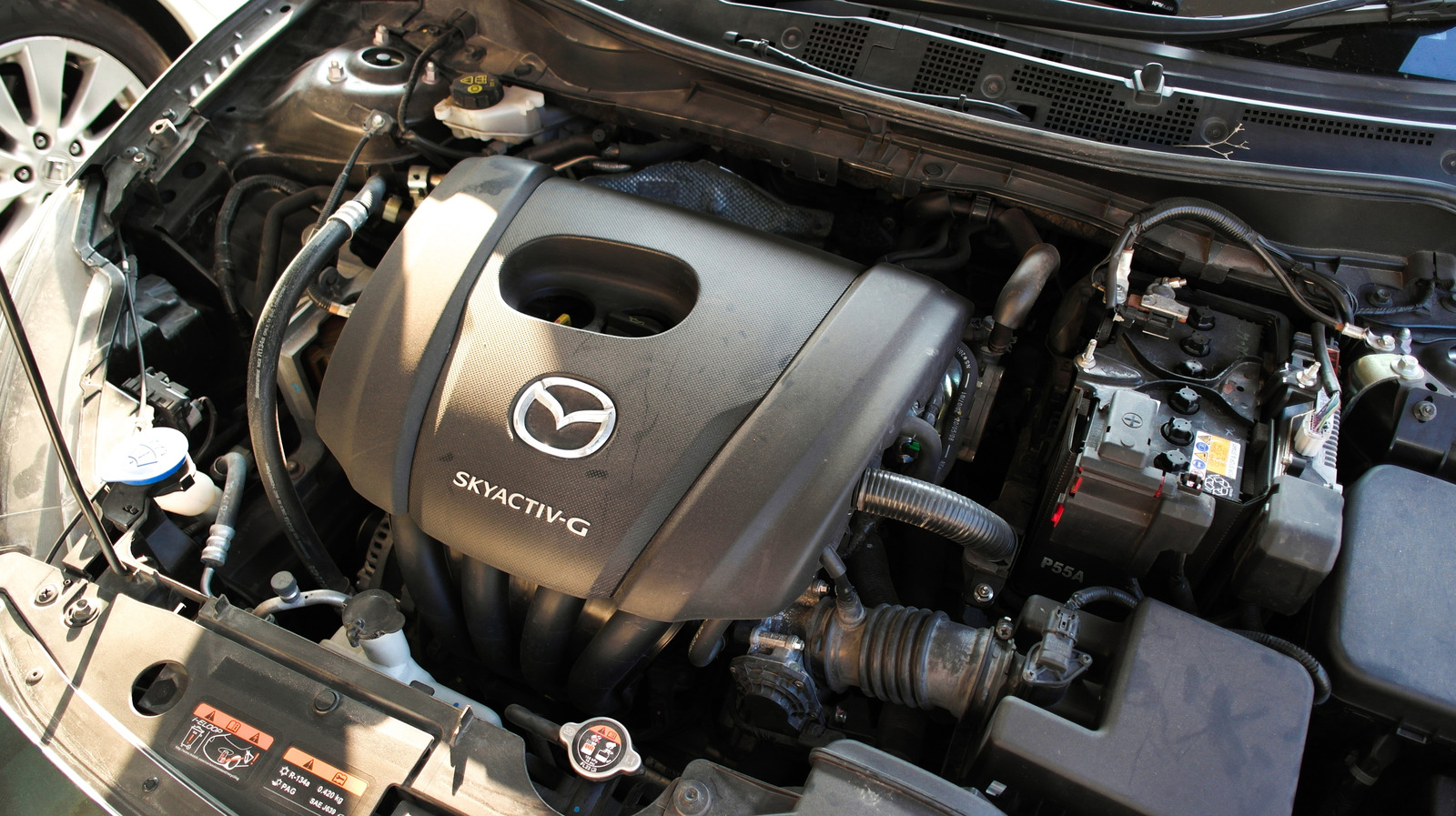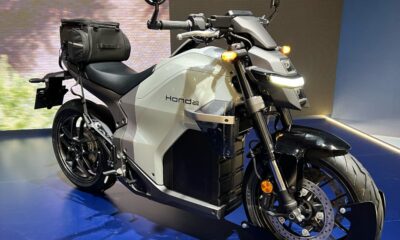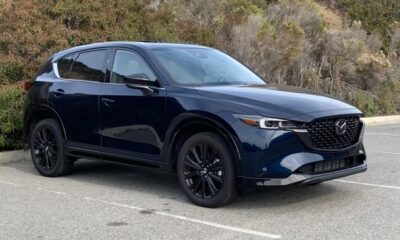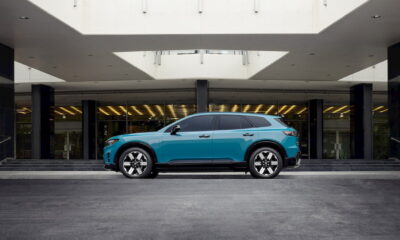Technology
Mazda’s Skyactiv Engines: Performance and Reliability Under Scrutiny

Mazda’s Skyactiv engines, launched in 2010, have gained attention for their blend of fuel efficiency and performance. The technology encompasses not only the high-compression, direct-injected gasoline engines (Skyactiv-G) but also diesel engines (Skyactiv-D), along with enhanced transmissions, lightweight chassis, and complete vehicle platforms. The Mazda3 and CX-5 were the first models equipped with this technology in the U.S. market for the 2012 model year.
While the Skyactiv engines do not match the raw power of competitors like Honda’s B-Series, they have demonstrated reliable performance. The 2013 Mazda3 models equipped with a 2.0-liter Skyactiv gas engine received higher-than-average reliability ratings from J.D. Power. This trend continued with the fourth-generation Mazda3, particularly the 2016 model, which earned a remarkable 4.6 out of 5 in reliability from Kelley Blue Book user reviews. Enthusiasts on platforms like the r/MazdaCX30 subreddit have praised these engines, describing them as “near-bulletproof” and “very reliable.” Mazda’s reputation for dependability has been further confirmed by its third-place position in the 2025 J.D. Power Vehicle Dependability Study, trailing only Buick and outperforming Toyota.
Innovative Technology and Design
Mazda’s engineering philosophy seeks to push boundaries, as evidenced by its legendary RX-7, known for its rotary engine and thrilling driving experience, albeit with high fuel consumption and maintenance challenges. In contrast, the Skyactiv approach rethinks conventional combustion engines, beginning with a high compression ratio. Traditional Mazda engines typically feature an 11:1 compression ratio, while Skyactiv-G engines boast a 14:1 ratio (13:1 for North America). This innovation allows for more efficient combustion and power generation.
The design of the Skyactiv pistons includes a domed shape with a center cavity, enhancing combustion efficiency. Additionally, the engines utilize extended 4-2-1 exhaust headers to minimize heat soak, along with new pistons and rods to reduce friction. The incorporation of a forged steel crankshaft, dual variable valve timing, direct fuel injection, and an aluminum block that is 15 pounds lighter contributes to the overall performance of the vehicles. As a result, the Mazda3 Skyactiv has achieved an EPA rating of 30 miles per gallon in the city and up to 40 miles per gallon on the highway.
Challenges and Concerns
Despite their strengths, Mazda’s Skyactiv-G engines are not without issues. Regular maintenance is crucial to prevent problems, and some users have reported specific vulnerabilities. One notable concern is the mass airflow (MAF) sensor, which can trigger fault codes when contaminated with dirt. This issue has been identified in both the 2.0-liter and 2.5-liter Skyactiv engines found in the Mazda3 (2014-2018), Mazda6 (2014-2017), CX-3 (2016-2019), and CX-5 (2013-2019). In many cases, replacement of the MAF sensor is necessary around 60,000 miles.
Additionally, carbon buildup is a common challenge for direct-injected engines, including the Skyactiv variants. To mitigate this issue, the 2.0-liter and 2.5-liter engines require regular cleaning and servicing of the positive crankcase ventilation (PCV) valve to avoid clogging the intake valves. Furthermore, certain models with the Skyactiv-G 2.5T engines are currently involved in a class-action lawsuit concerning engine defects related to persistent coolant leaks. The lawsuit claims that Mazda has issued multiple technical bulletins regarding the issue but has not initiated recalls or extended warranties for the affected vehicles, which include the Mazda6 (2018-2021), Mazda3 (2021-2024), CX-30 (2021-2024), CX-9 (2016-2023), CX-5 (2019-2024), and CX-50 (2022-2024).
In summary, Mazda’s Skyactiv engines have established a reputation for reliability and innovative design, but potential buyers should be aware of the reported issues and ensure they maintain their vehicles proactively. As the automotive landscape continues to evolve, the effectiveness of these engines will remain a focal point for both consumers and the industry alike.
-

 Technology4 months ago
Technology4 months agoDiscover the Top 10 Calorie Counting Apps of 2025
-

 Health2 months ago
Health2 months agoBella Hadid Shares Health Update After Treatment for Lyme Disease
-

 Health3 months ago
Health3 months agoErin Bates Shares Recovery Update Following Sepsis Complications
-

 Technology3 weeks ago
Technology3 weeks agoDiscover 2025’s Top GPUs for Exceptional 4K Gaming Performance
-

 Technology2 months ago
Technology2 months agoElectric Moto Influencer Surronster Arrested in Tijuana
-

 Technology4 months ago
Technology4 months agoDiscover How to Reverse Image Search Using ChatGPT Effortlessly
-

 Technology4 months ago
Technology4 months agoMeta Initiates $60B AI Data Center Expansion, Starting in Ohio
-

 Technology4 months ago
Technology4 months agoRecovering a Suspended TikTok Account: A Step-by-Step Guide
-

 Health4 months ago
Health4 months agoTested: Rab Firewall Mountain Jacket Survives Harsh Conditions
-

 Lifestyle4 months ago
Lifestyle4 months agoBelton Family Reunites After Daughter Survives Hill Country Floods
-

 Technology3 months ago
Technology3 months agoUncovering the Top Five Most Challenging Motorcycles to Ride
-

 Technology4 weeks ago
Technology4 weeks agoDiscover the Best Wireless Earbuds for Every Lifestyle





















